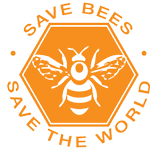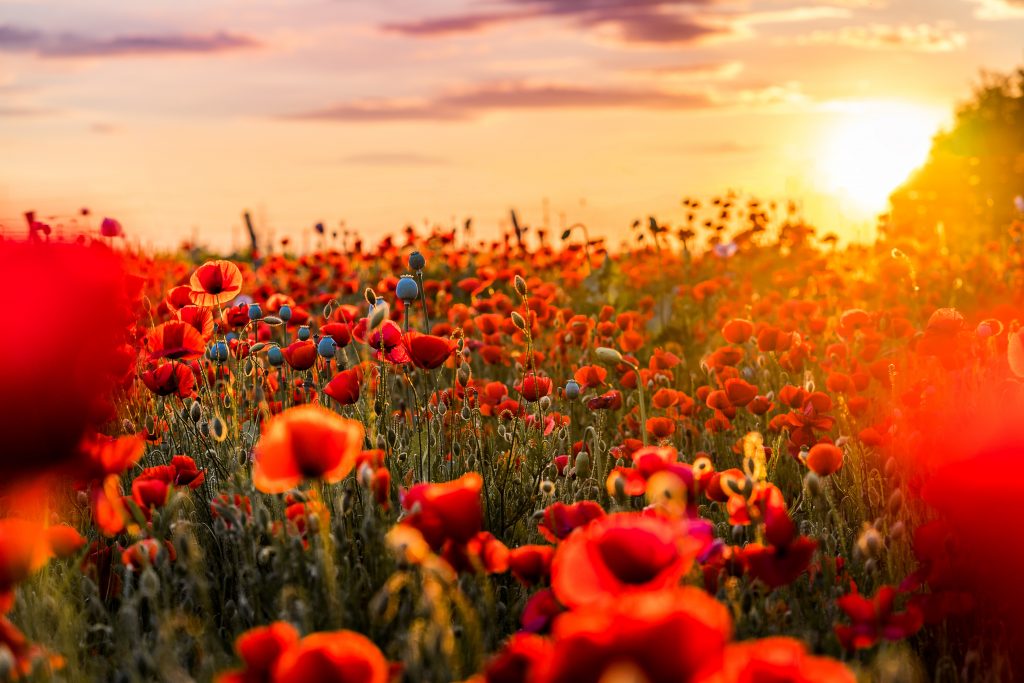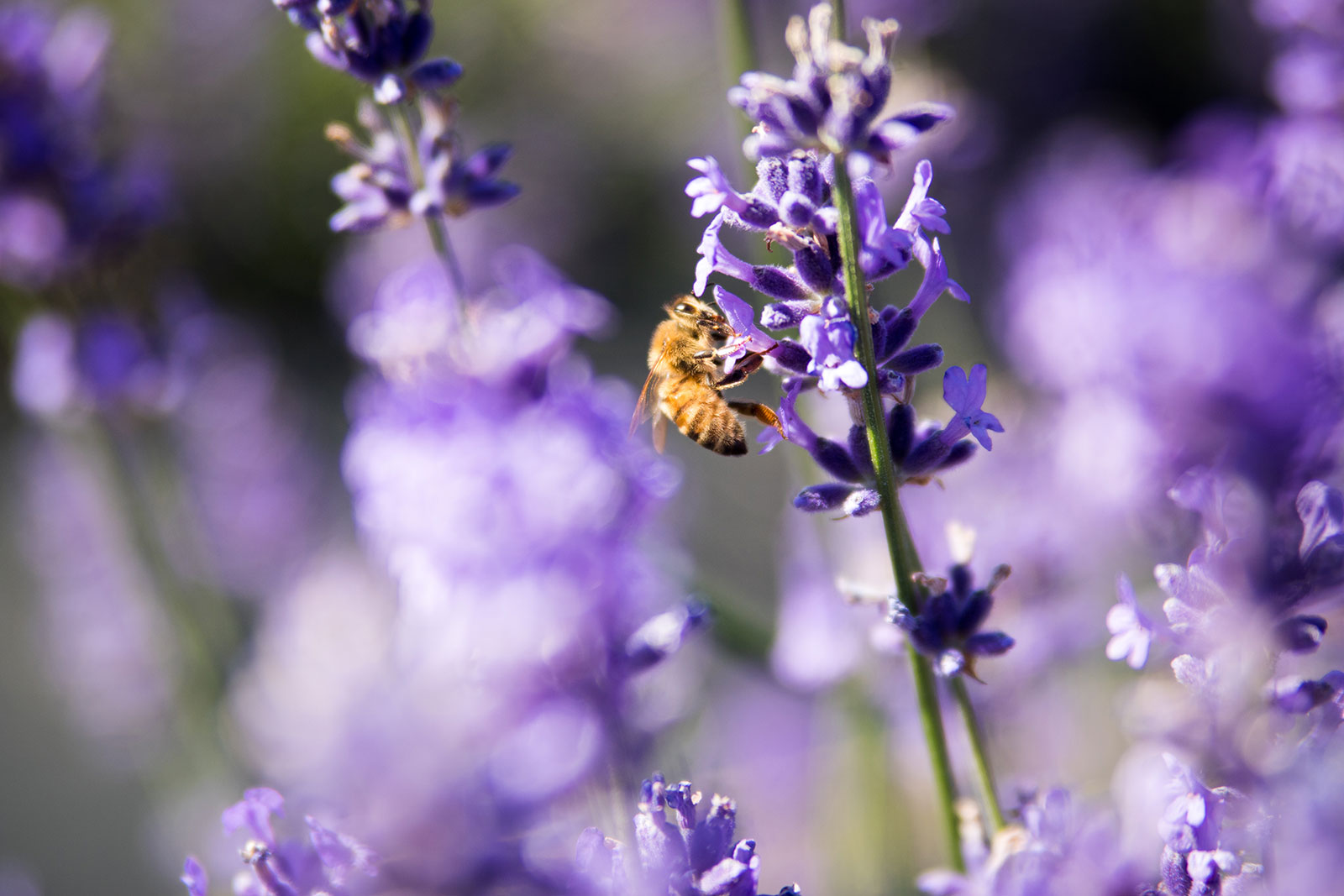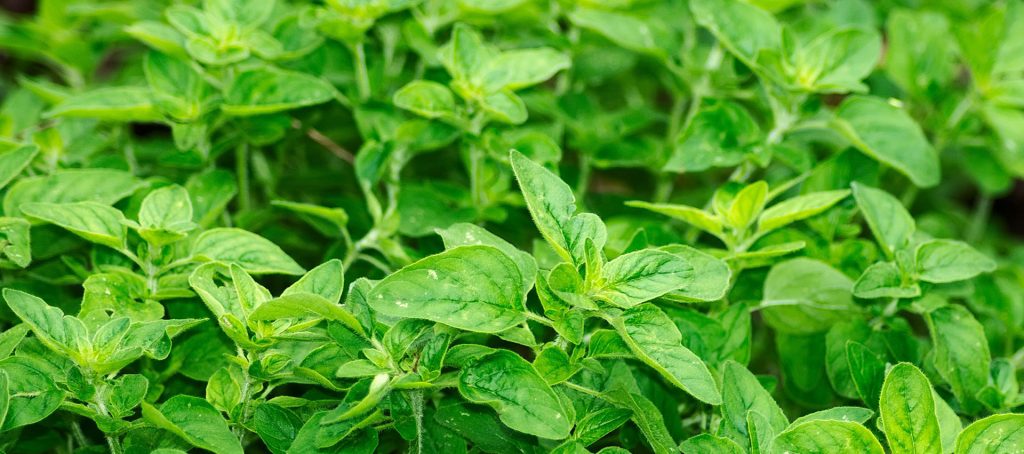
Plant a Bee Friendly Garden
There are a number of plants and shrubs that will attract bees to your garden and provide plenty of pollen for them to collect and thrive.


There are a number of plants and shrubs that will attract bees to your garden and provide plenty of pollen for them to collect and thrive.
These are just a few:


Flowers with double heads, although quite full and dramatic, produce much less nectar and also make it more difficult for bees to reach the pollen.
Plant blooms that flower in different seasons:
…which have been bred not to seed and thus produce very little pollen for bees.
Plant at least three different types of flowers in your bee garden to ensure blooms through as many seasons as possible. This will provide bees and other pollinators with a constant source of food. For example:
Spring: Crocus, hyacinth, borage, calendula, and wild lilac
Summer: cosmos, echinacea, snapdragons foxglove
Autumn: zinnias, sedum, asters, witch hazel
Bees love nectar-filled herbs and researchers recommend planting the below to attract the most amount of pollinators.
Other herbs, such as coriander, fennel and dill, produce very small flowers that attract smaller bees. Fennel and dill also serve as food for black swallowtail caterpillars and are easy to plant in your garden at home to help insects.
The study also suggests to use the leaves from the plants earlier for cooking or medicine purposes and to let the plants grow flowers to support the pollinators.
If you have space, consider planting scent gardens made up wholly of herbs to help supply nutrients to the bees.

